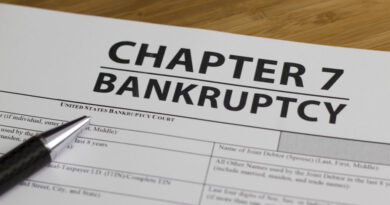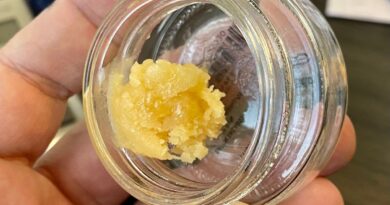What are the 4 parts of video production?
Introduction
Video production is a complex process that involves many different steps. In this post, we’ll go over each of them and provide an overview of how they fit together.
Pre-production
Pre-production is the process of planning for production. It’s the time to scout locations and confirm equipment, create a shooting schedule and storyboard, call sheets and budgets.
This stage should be fairly simple because it’s all about getting ready for your shoot. You can hire an assistant to help with pre-production tasks like scouting locations or confirming which equipment will be needed (if any). Once you’ve got that taken care of—and if you need it—you may want someone on hand who knows how video production works so that they can offer advice when needed during shooting itself (e.g., “It would be helpful if we had one more light”).
Production
Production is the process of creating a video. It can be done in a studio or on location, and it includes all of the equipment and crew that are necessary to bring your vision to life. The production plan you develop will determine what happens in each part of the process—from planning, scheduling and budgeting to shooting footage and editing it together into one cohesive piece.
In addition to being responsible for all aspects of production (including planning), you’ll also need someone with experience who understands how deadlines work: if you’re working on a tight deadline, hiring someone who doesn’t keep track of their own time may not be ideal!
Post-production
The final part of the video production process is called post-production. This is where you get to add color correction, audio mixing, and editing to your video.
Post-production also includes other things like titles, transitions and animations. It’s all about making sure that your finished product looks appealing in all aspects – including sound!
Distribution
Once you’ve recorded your video and edited it, it’s time to distribute it. The goal here is to get your video out into the world in such a way that people can find it and watch it. This can be as simple as uploading a link on Facebook or Twitter, but if you want an even bigger audience for your work, there are some other options available:
- YouTube Channel – Free hosting! You can upload videos directly from your phone without having a computer handy (though I recommend using one). Youtube is also known for being an easy place for people who aren’t familiar with technology or technology-related products/services to start learning more about them by watching lots of other users’ reviews/testimonials about those things – this puts them at ease when making their own purchases later down the road!
- Vimeo – This platform allows creators who create visual content like animations or photosets access to high quality codecs allowing them better compression ratios than standard definition video formats like MPEG4 which means less data has been taken away from each second of footage before being uploaded onto servers outside North America where bandwidth costs may not be affordable yet either due on account they’re located overseas where electricity isn’t cheap nor readily available 24 hours per day 7 days per week 365 days per year so therefore there’s always gonna be some sort “lag” between when something happens locally versus when viewers see what happened live online.
There are four parts to video production.
There are four parts to video production: pre-production, production, post-production, and distribution.
- Pre-Production: Before you start shooting your video or footage for a project (or even before you pick up a camera), you need to have an idea of what you want and who your audience is going to be. This can be as simple as saying “I want my next blog post on how I got started in real estate” or more complex like “I want this video series of interviews with some of the most influential experts in this field.”
- Production: Once all goes according to plan during pre-production, then it’s time for things like writing scripts and hiring actors/actresses—and once those pieces are done they go into production where they get filmed by Video Production company hanover who aren’t afraid of getting their hands dirty either!
- Video Post Production: This part involves color correcting footage shot with different cameras depending on what kind of equipment each person uses; editing soundtracks after capturing audio from microphones; adding graphics such as text overlays onto images taken from photos taken during filming sessions at locations across town
Conclusion
Video production is a complex process. You can be sure that if you hire a professional video producer, they will take the time to fully understand your business and industry. They will use that knowledge to create unique videos that appeal to your target audience. If you want more guidance on how to get started with your own videos, reach out today!




